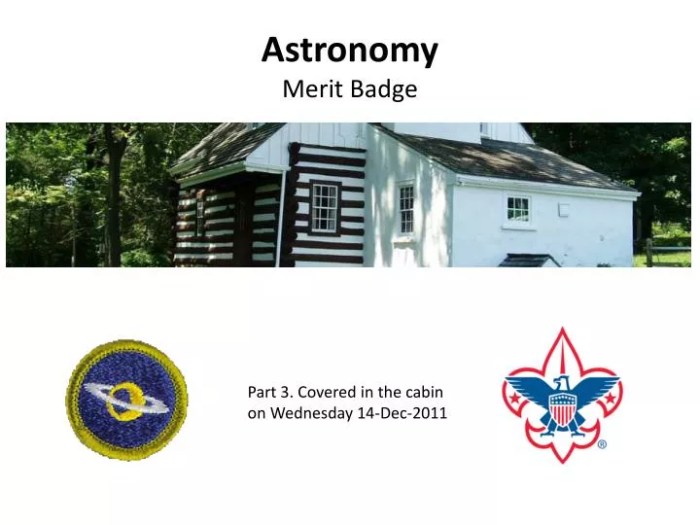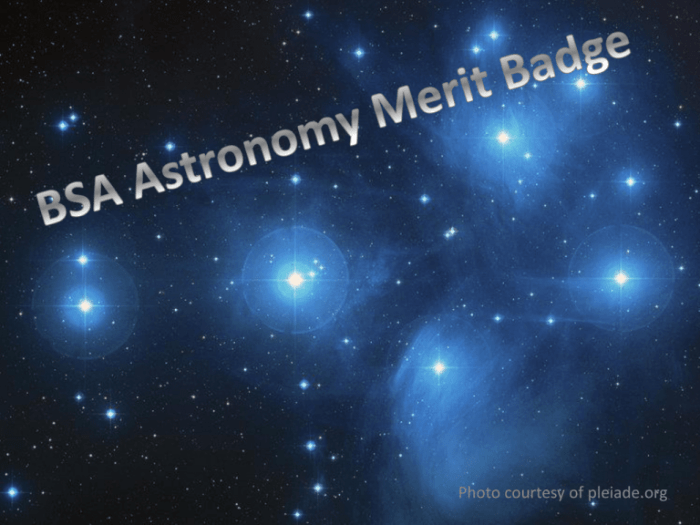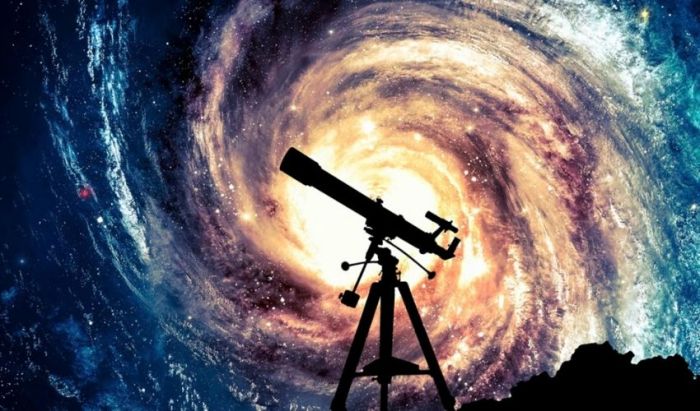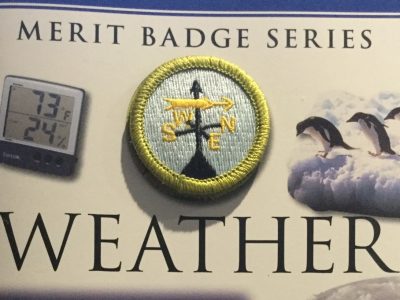Prepare for an extraordinary celestial adventure with the Astronomy Merit Badge Night Sky Observation. This comprehensive guide unlocks the secrets of the night sky, empowering you to identify stars, planets, and deep-sky objects with ease. Embark on a captivating journey through the cosmos, guided by expert insights and practical tips.
From understanding celestial coordinates to mastering telescope techniques, this guide equips you with the knowledge and skills to navigate the celestial tapestry. Immerse yourself in the wonders of the Moon’s phases, uncover the mysteries of the planets, and marvel at the vastness of deep-sky objects.
Let the night sky become your canvas as you explore the boundless expanse of the universe.
Night Sky Observation Basics: Astronomy Merit Badge Night Sky Observation

Astronomy enthusiasts and aspiring stargazers alike can unlock the secrets of the cosmos through the captivating experience of night sky observation. By understanding celestial coordinates and familiarizing oneself with the types of telescopes available, individuals can embark on a journey of celestial exploration.
Celestial coordinates, similar to the latitude and longitude system used on Earth, provide a framework for locating objects in the night sky. The celestial sphere, an imaginary dome surrounding the Earth, is divided into right ascension (RA) and declination (DEC).
RA measures the distance east or west of the vernal equinox, while DEC measures the distance north or south of the celestial equator.
Types of Telescopes
Choosing the right telescope is crucial for successful night sky observation. Refractor telescopes utilize lenses to gather and focus light, while reflector telescopes employ mirrors for the same purpose. Each type has its advantages and disadvantages.
- Refractor Telescopes:Known for their sharp images and excellent color correction, refractors are ideal for observing planets, double stars, and other celestial objects that require high resolution.
- Reflector Telescopes:Offering larger apertures at a lower cost, reflectors are well-suited for deep-sky observations, such as galaxies, nebulae, and star clusters. However, they may exhibit chromatic aberration, causing colored fringes around bright objects.
Preparing for Night Sky Observation
Careful preparation enhances the night sky observation experience. Selecting a location with minimal light pollution is paramount. Rural areas or designated dark sky parks offer optimal viewing conditions.
The timing of observation also plays a significant role. The clearest skies are often found during the summer months, when nights are longer and the Milky Way is visible overhead. Checking weather forecasts and moon phases is advisable to ensure favorable conditions.
Observing the Moon
The Moon, Earth’s closest celestial neighbor, offers a captivating sight for stargazers. Its ever-changing appearance, influenced by its orbit around our planet, reveals a diverse array of surface features.
Lunar Phases
As the Moon orbits Earth, the amount of sunlight illuminating its surface varies, giving rise to its distinct phases. The new Moon, invisible to the naked eye, occurs when the Moon is positioned between Earth and the Sun. As the Moon moves in its orbit, a sliver of its illuminated side becomes visible, marking the crescent phase.
Gradually, the Moon’s illuminated portion grows, transitioning through the first quarter, waxing gibbous, and finally reaching its fullest illumination as a full Moon.
Lunar Surface Features
The Moon’s surface is a testament to its tumultuous past, marked by craters, mountains, and other geological formations. Craters, formed by meteorite impacts, range in size from tiny pits to vast basins hundreds of kilometers wide. Lunar mountains, towering over the surrounding terrain, are remnants of ancient volcanic activity.
Additionally, the Moon’s surface is dotted with rilles, long, narrow valleys created by lava flows, and domes, low-lying hills formed by volcanic eruptions.
Photographing the Moon, Astronomy merit badge night sky observation
Capturing the Moon’s beauty through photography requires careful planning and equipment. Using a telescope or a camera with a telephoto lens allows for close-up views of the lunar surface. Employing a tripod ensures stability and minimizes camera shake. Adjusting camera settings, such as aperture, shutter speed, and ISO, is crucial for achieving optimal exposure and capturing the Moon’s details.
Observing the Planets

Planets are celestial bodies that orbit stars and do not emit their own light. They can be classified into two main types: terrestrial planets and gas giants. Terrestrial planets, like Earth, are made of rock and metal, while gas giants, like Jupiter, are composed primarily of gases such as hydrogen and helium.To
identify and observe the major planets, it’s helpful to know their unique characteristics. Mercury, the closest planet to the Sun, is often visible near the horizon at dawn or dusk. Venus, the second planet from the Sun, is the brightest object in the night sky after the Moon and is easily recognizable by its brilliant white appearance.
Mars, the fourth planet from the Sun, has a reddish hue and is often referred to as the “Red Planet.”Jupiter, the fifth planet from the Sun, is the largest planet in our solar system and is known for its Great Red Spot, a massive storm that has been raging for centuries.
Saturn, the sixth planet from the Sun, is famous for its stunning rings, which are made of countless ice particles and dust.
Observing Stars
The night sky is filled with billions of stars, each with its own unique characteristics. By observing stars, we can learn about their physical properties, their evolution, and the structure of our galaxy.
Types of Stars
Stars are classified into different types based on their spectral characteristics, which are determined by the temperature of their outer layers. The main types of stars are:
- O-stars:These are the hottest and most luminous stars, with surface temperatures exceeding 30,000 Kelvin.
- B-stars:These stars are slightly cooler than O-stars, with surface temperatures ranging from 10,000 to 30,000 Kelvin.
- A-stars:These stars are white or bluish-white in color and have surface temperatures between 7,500 and 10,000 Kelvin.
- F-stars:These stars are yellow-white in color and have surface temperatures between 6,000 and 7,500 Kelvin.
- G-stars:These stars are yellow in color and have surface temperatures between 5,200 and 6,000 Kelvin. Our Sun is a G-star.
- K-stars:These stars are orange in color and have surface temperatures between 3,700 and 5,200 Kelvin.
- M-stars:These are the coolest and faintest stars, with surface temperatures below 3,700 Kelvin.
Identifying and Observing Constellations
Constellations are groups of stars that form recognizable patterns in the night sky. They have been used for centuries by astronomers and navigators to identify directions and locate objects in the sky.
To identify constellations, it is helpful to use a star chart or a mobile app that shows the positions of the stars in the sky. Once you have identified a constellation, you can use it as a reference point to find other objects in the sky.
Observing Double Stars
Double stars are two stars that appear close together in the sky. They can be either physical double stars, which are gravitationally bound to each other, or optical double stars, which are simply aligned along the same line of sight.
To observe double stars, you will need a telescope with a high enough magnification to separate the two stars. Once you have found a double star, you can measure the distance between the two stars and estimate their orbital period.
Observing Variable Stars
Variable stars are stars that change in brightness over time. This can be caused by a variety of factors, such as pulsations in the star’s atmosphere or eclipses by a companion star.
To observe variable stars, you will need to make regular observations of the star’s brightness over time. You can then plot the star’s brightness on a graph to see how it changes over time.
Measuring the Brightness and Distance of Stars
The brightness of a star is measured in terms of its apparent magnitude. The apparent magnitude is the brightness of the star as seen from Earth. The fainter the star, the higher its apparent magnitude.
The distance to a star can be measured using a variety of methods, including parallax and spectroscopic parallax. Parallax is the apparent shift in the position of a star as seen from two different points on Earth’s orbit around the Sun.
Spectroscopic parallax is a method of measuring the distance to a star based on the width of its spectral lines.
Observing Deep-Sky Objects

Venturing beyond our solar system, deep-sky objects offer a fascinating glimpse into the vastness and diversity of the cosmos. These celestial wonders include galaxies, nebulae, and star clusters, each with its unique characteristics and significance.
Identifying and Observing Deep-Sky Objects
To identify and observe deep-sky objects, a telescope is essential. Using a star chart or mobile app, locate the object’s coordinates and adjust your telescope accordingly. Start with low magnification and gradually increase it until the object becomes visible. Remember to use a red-light flashlight to preserve your night vision.
Galaxies
Galaxies are vast collections of stars, gas, and dust held together by gravity. They come in various shapes and sizes, from majestic spirals to elliptical galaxies. Observing galaxies requires a telescope with a large aperture and a dark observing site.
Nebulae
Nebulae are clouds of gas and dust in space. They can be emission nebulae, glowing due to the energy released by nearby stars, or reflection nebulae, reflecting the light of nearby stars. Observing nebulae requires a telescope with a wide field of view and a narrowband filter to enhance contrast.
Star Clusters
Star clusters are groups of stars bound together by gravity. They can be open clusters, loosely bound and containing a few hundred stars, or globular clusters, tightly bound and containing hundreds of thousands of stars. Observing star clusters requires a telescope with moderate magnification and a wide field of view.
Tips for Photographing Deep-Sky Objects
Capturing the beauty of deep-sky objects through photography requires specialized equipment and techniques. Use a camera with a large sensor and a fast lens. Employ a tracking mount to compensate for the Earth’s rotation and prevent star trails. Long exposure times are necessary to accumulate sufficient light, but avoid overexposure.
Post-processing software can enhance the image’s contrast and detail.
Wrap-Up

As you delve deeper into the Astronomy Merit Badge Night Sky Observation, the cosmos will unfold before your very eyes. Embrace the awe-inspiring beauty of celestial bodies, unravel their secrets, and ignite your passion for astronomy. Whether you’re an aspiring stargazer or a seasoned observer, this guide will elevate your understanding of the night sky to new heights.
Embrace the celestial wonders that await you, and let the universe captivate your imagination.
FAQ Overview
What equipment do I need for night sky observation?
A telescope, binoculars, or even just your own eyes can be used for night sky observation. However, a telescope will provide the best views.
What is the best time to observe the night sky?
The best time to observe the night sky is on a clear night with no moon. This will allow you to see the faintest objects.
What are some tips for observing the night sky?
Some tips for observing the night sky include:
- Find a dark location with no light pollution.
- Allow your eyes to adjust to the darkness for at least 30 minutes.
- Use a star chart or app to help you identify objects.
- Be patient and take your time.



